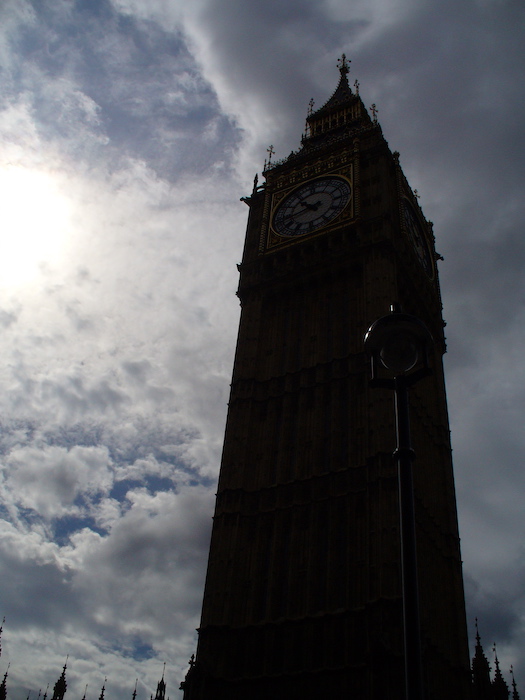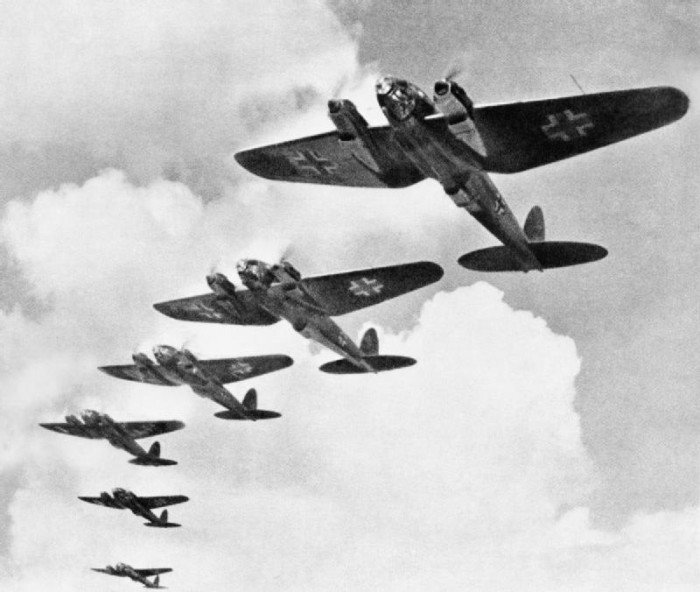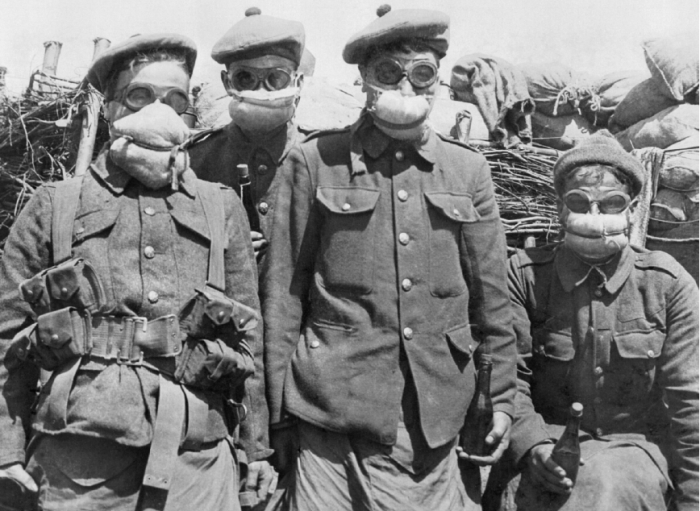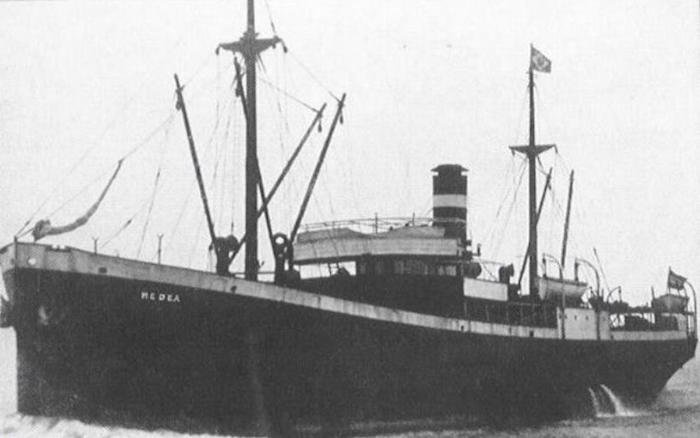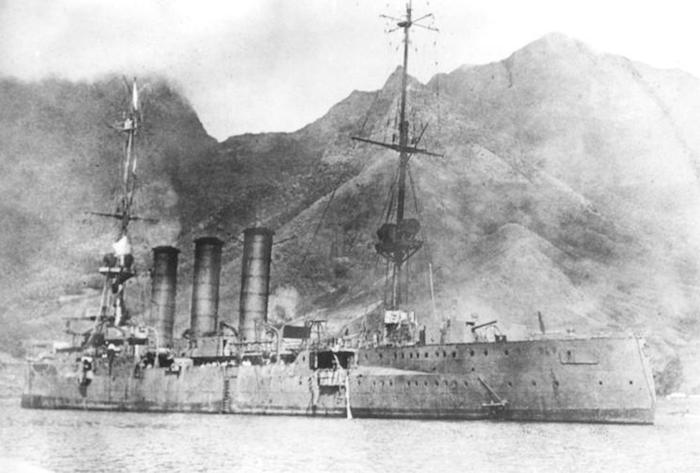
Earlier this week I had my first article published in The Conversation, on the actual original context for the Keep Calm And Carry On poster, as opposed to the assumed original context. The Conversation is a great platform for academics to get their work and ideas out to the public, and to provide expert analysis of what is happening in the world. It's largely funded by universities and only academics, researchers or PhD students can write for it; it has a slick writing and reading interface and even actual editors who will commission articles and actively work with authors to improve them, particularly in terms of accessibility to a general audience. (There's no payment for writing, but academics are used to that.) The Conversation started out in Australia, but it has since branched out to the UK, the US, France and Africa. Here in Australia, at least, it feeds into other forms of media: everything is Creative Commons licensed, to encourage wide republication on other news sites, and three radio stations lined up interviews: I spoke to Genevieve Jacobs on 666 ABC Canberra on Wednesday (for a few days, you should be able to listen on the replay at about 1:28:44), Ali Clarke on 891 ABC Adelaide (ditto at about 37:07), and I will be speaking to Sean Britten on 2SER (Sydney) next Wednesday.
I won't go into any detail about the article itself, in part because it's a reworking of a post I wrote here at Airminded earlier this year. But I will post a bigger version of a graphic I stitched together to show Keep Calm alongside the other two posters designed by the Ministry of Information at the same time, and (unlike Keep Calm) actually displayed to the public on a large scale. It was inspired by a similar comparison which for some reason had green and blue posters as well as red. I couldn't find unambiguous evidence that these colours were used, whereas red definitely was, so I put together this version which might be of use to somebody.
The Conversation is not your usual media website, so if you're an academic and you've got something to say, why not pitch an idea?
